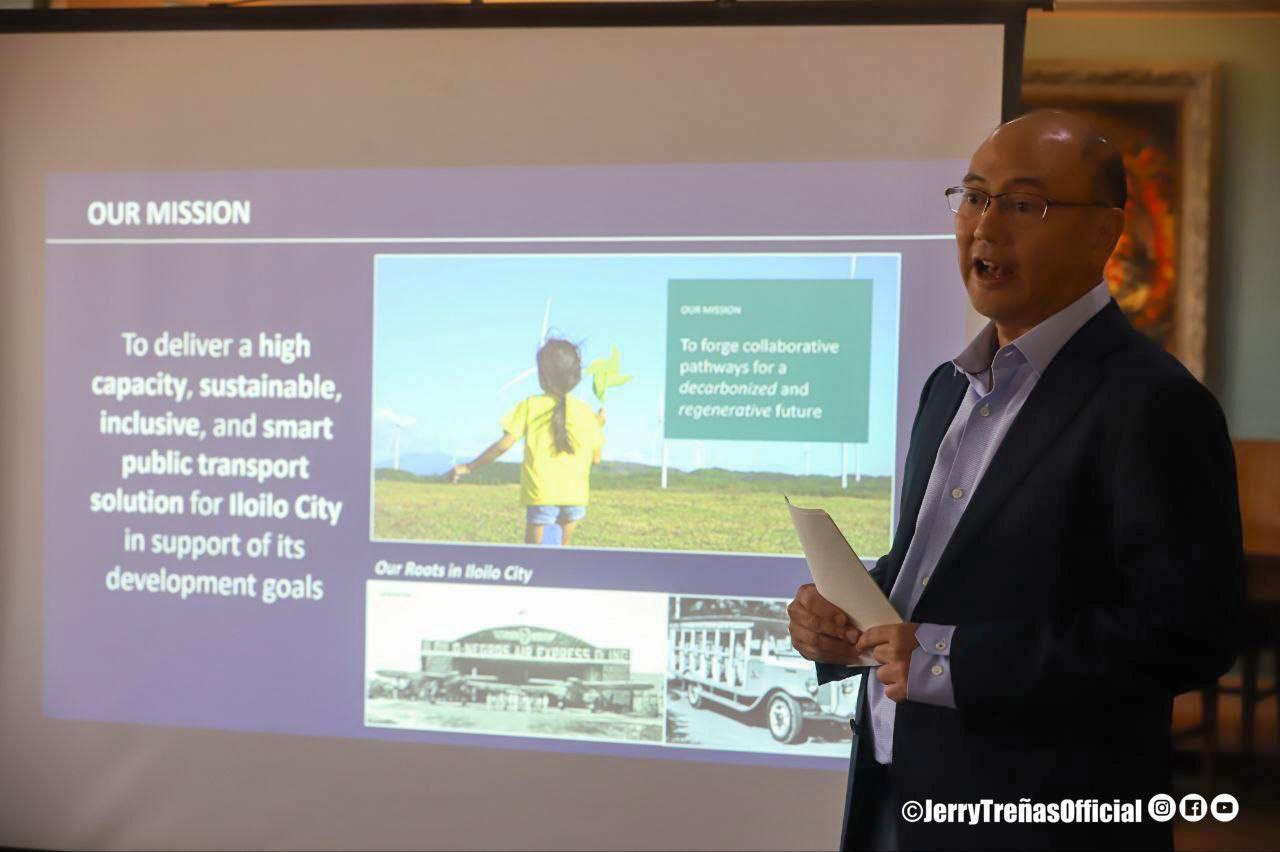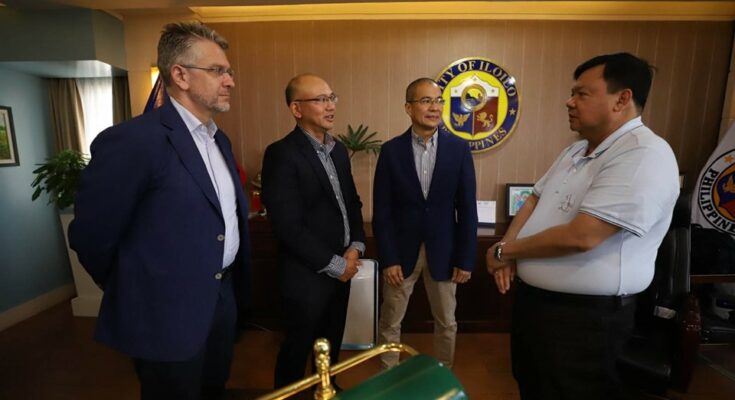Iloilo City is undergoing a significant transformation in its public transportation network with a focus on modernization and sustainability. The city is implementing the Local Public Transport Route Plan (LPTRP), launched in June 2022, to improve public transport services.
Under the LPTRP, Iloilo City is introducing 1,782 modernized jeepneys to replace older models, with 500 units already operating within the city limits. These modernized vehicles are set to follow 17 existing routes, 7 new routes, and 1 enhanced new/developmental route. Restrictions have been placed on traditional jeepneys, limiting their operation to designated terminals in the city to streamline traffic and reduce congestion.
In February 2023, the Western Visayas Transportation Cooperative deployed 95 new modern jeepneys across 13 routes in Iloilo City. These jeepneys offer a host of amenities including air-conditioning, CCTV systems, Wi-Fi, GPS, and a cashless payment system, all while adhering to European emission standards for reduced environmental impact.
Future projects are underway to further revolutionize transportation in Iloilo. The city is in the process of reviewing a proposal for a Bus Rapid Transit (BRT) system, envisioned to significantly improve the efficiency of public transportation. The BRT system aims to reduce traffic congestion and provide a fast, reliable, and eco-friendly mode of travel for residents.
In an effort to further modernize the city’s transport system, a mobile app-based bike-sharing system is being explored. This initiative will promote a healthy lifestyle and provide a sustainable alternative to motorized transport, potentially alleviating traffic congestion.
The move towards electrification of public transport is gaining momentum with plans to introduce a fleet of electric buses. These buses are expected to be integrated with the proposed BRT system, representing a leap forward in the city’s commitment to sustainable and green transport solutions.

The ambitious PHP189 billion Panay-Guimaras-Negros Bridge project is set to significantly reduce travel times, cutting the current four-hour journey (via ferries/RORO) between Panay and Negros islands to approximately one hour by land. This monumental infrastructure is anticipated to be a catalyst for economic growth and enhanced inter-island connectivity.
A significant upgrade is also on the horizon for the Iloilo International Airport, with Transportation Secretary Jaime Bautista advocating for its privatization. The goal is to expand the airport’s capacity to handle 10 million passengers annually, thereby boosting tourism and spurring economic development in the region.
However, these developments are not without their challenges. The phase-out of traditional jeepneys in favor of modernized alternatives has met with some resistance from drivers and operators.
The Department of Labor and Employment (DOLE) and the Technical Education and Skills Development Authority (TESDA) are actively supporting displaced drivers through the Public Utility Vehicle Modernization Program (PUVMP). TESDA Director General, Tonisito Umali, announced that 900 scholarship grants have been provided to aid drivers and their beneficiaries, aiming to ensure that the transition to modern vehicles is both fair and inclusive.
Infrastructure limitations also pose a hurdle, with concerns that the current infrastructure may not adequately support a fully modernized system, particularly the proposed BRT.
Moreover, public awareness is a critical aspect of these changes. Ensuring that the public is well-informed about new routes and system upgrades is essential for a smooth transition. The city is therefore investing in public information campaigns to facilitate understanding and cooperation from all stakeholders.
As Iloilo City navigates through these transformations, the collective efforts of government agencies, transport operators, and the public will be paramount in realizing a modern, efficient, and sustainable transportation network for the future.



